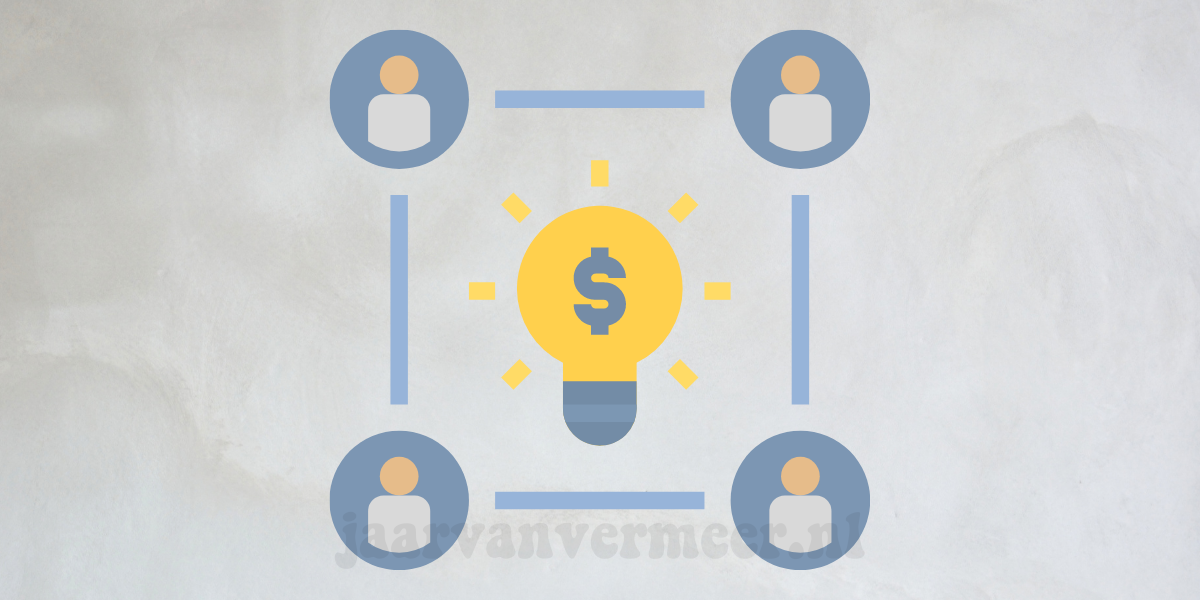
We used to define value for customers in the old world. The customer was often left out of the equation while we pre-packaged the value. The next step was to convince and persuade the customer that it was right for them.
Solutions vs. products
This approach is not effective in the new world. The customer is the one who defines value in the new world. Customers are looking for solutions. Customers want solutions that are dynamic and tailored to their needs. It is no longer possible to sell “one-size-fits-all” or prepackaged products. We’ve come a long way from Henry Ford’s quote that “they can have any color they like so long as it is black.” We expect our customers make sacrifices to ensure that our products and services work for them. We don’t like people who have idiosyncratic preferences. We find it difficult to change our priorities. We could design production algorithms and employ cheap labor to produce a lot of products if we wanted things our way. We need to change our production line every time a customer’s preferences change. We need to hire high-quality, creative labor every time an algorithm is challenged. As soon as we feel comfortable, the direction or pace of the race changes. It changes. Those who are unable to deal with complexity should keep their heads in the sand. Those who are capable can keep their heads up and move at a faster pace.
Change is constant
We have a new dynamic in who defines value. However, our perceptions of value are rapidly changing. We no longer have the luxury of creating the right products and sitting back. Instead, we must continually reevaluate our value proposition. Value is just perception, and perceptions can change quickly.
We must first accept the fact that change is inevitable. Next, we must figure out how to retain entrepreneurial talent within our organizations. We often create an environment that is hostile to entrepreneurs by introducing discipline and systematizing business. However, it can also be attractive to “professional managers”.
Professional managers excel at implementing systems and enforcing compliance. This ability requires a well-understood environment. Complexity is a problem for experienced managers. Entrepreneurs thrive in complexity and uncertainty.
We need to manage our businesses in the new world as two distinct businesses. OldCo is the part that can be reduced to an algorithm and can therefore be systematized. NewCo is the business that responds and creates new opportunities and challenges.
The Knowledge Funnel
Roger Martin, Rotman School of Business Dean in Toronto, says knowledge flows through a funnel. The funnel’s top is where something is hidden. It makes us ask questions. Once we understand the concept, we can form rules of thumb and heuristics. Once we have a better understanding of the rules of thumb, we can convert that knowledge into an algorithm. Algorithms enable us to hire cheap labor to perform repetitive tasks. OldCo lives by algorithms. NewCo is interested in mystery and heuristics. NewCo demands far more cognitive abilities and is not afraid to use new data, regardless of how disruptive. Managers of OldCo must be excellent analysts. Managers of newCo must be great synthesists. They should have the ability to combine the information in novel and creative ways. They are able to identify and create opportunities faster than anyone else because they have the ability to synthesize.
We can be proactive in addressing change once we realize that our business includes both OldCo and NewCo. We can learn about the changing world of our key clients and can predict their future needs and priorities. Then, we can work with them to solve their problems. Our old business is all about repeating an ancient but rapidly aging success recipe. The NewCo section of our business is about being able to sense and respond to the changing landscape. Because there are so many unknowns, there is no algorithm.
CRM is the Digital Nervous System
We must create a digital nervous system to be able to hear and see what our customers are saying to us in order to keep up with these changes. OldCo must be able to gather customer information. NewCo must be able to synthesize and interpret customer data.